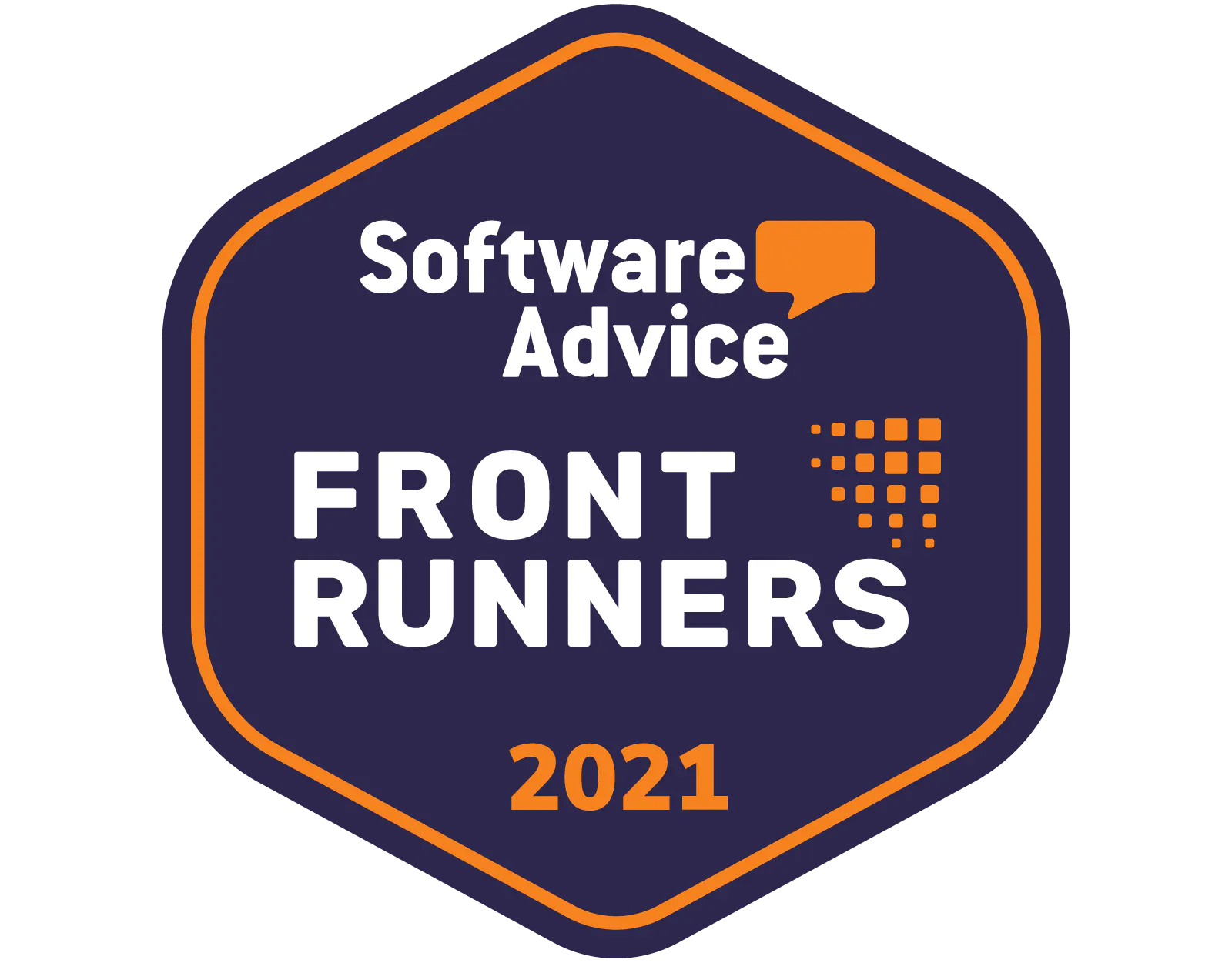How do you determine which machines should receive preventive maintenance?
Selecting machines for preventive maintenance (PM) is a matter of finding which ones would benefit most from PM while keeping maintenance costs down. You probably shouldn’t include every asset in your PM plan - at least from the start - so you need to prioritize.
Start Small
Though preventive maintenance tends to be more cost-efficient than reactive maintenance, it still has its own costs:
- Planning and scheduling costs
- Paid time to conduct regular repairs
- Training maintenance technicians in proper routine maintenance practices
For an asset that’s on its way out or that isn’t mission-critical, you might actually keep costs down by leaving it out of your preventive maintenance plan.
Properties of a Strong Pilot Asset
When selecting a machine to receive preventive maintenance, answer these questions for each asset:
- How high priority is the asset?
- Is it currently operating to the manufacturer’s specifications?
- How frequently does it need repairs?
- What do those repair cost?
- Is there routine maintenance that this asset needs?
- Will it need replacement soon?
Preventative maintenance can help the right asset operate more efficiently, improve uptime, and reduce the need for expensive repairs.
Looking Ahead
High priority assets will also benefit from predictive maintenance (PdM) down the road. If your ultimate goal is to transition over to a PdM program, starting your critical machines on a preventive maintenance schedule will aid in that transition.
On the other hand, a machine that isn’t mission critical or that’s going to be replaced soon won’t benefit much, if at all, from PM. In some cases, it may even end up costing you more as you devote time and resources to maintenance that doesn’t actually improve its performance or reduce downtimes.
Conclusion
If a machine:
- Is high priority
- Requires routine upkeep
- Would become more reliable with better upkeep
Chances are, you’d benefit from selecting that machine for preventive maintenance. If it doesn’t meet those criteria, then revisit it once you've taken care of your high priority equipment.
Want to keep reading?
Tips on Safety Maintenance: Keeping Your Crew and Machinery Safe
What Is Planned Maintenance? | 6 Benefits & Workflow
Tips, Tricks, & Pitfalls in Maintenance Planning & Scheduling
4,000+ COMPANIES RELY ON ASSET OPERATIONS MANAGEMENT
Leading the Way to a Better Future for Maintenance and Reliability
Your asset and equipment data doesn't belong in a silo. UpKeep makes it simple to see where everything stands, all in one place. That means less guesswork and more time to focus on what matters.


![[Review Badge] GetApp CMMS 2022 (Dark)](https://www.datocms-assets.com/38028/1673900459-get-app-logo-dark.png?auto=compress&fm=webp&w=347)
![[Review Badge] Gartner Peer Insights (Dark)](https://www.datocms-assets.com/38028/1673900494-gartner-logo-dark.png?auto=compress&fm=webp&w=336)
